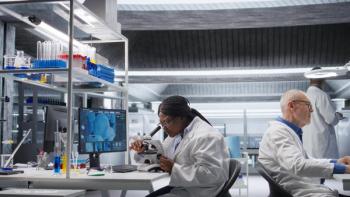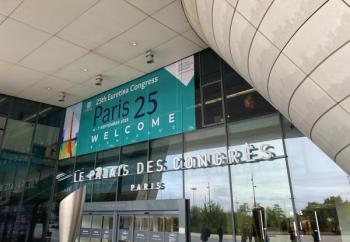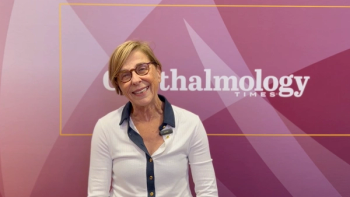
Bioptic telescope aids drivers with AMD
Drivers with age-related macular degeneration (AMD) who used a small, spectacle-mounted bioptic telescope reported fewer self-imposed driving restrictions when compared with drivers with AMD who did not use the telescope. Alex R. Bowers, PhD, MCOptom, of the Schepens Eye Research Institute, Department of Ophthalmology, Harvard Medical School, Boston, noted that drivers with AMD who used the telescope drove greater distances and to more paces and reported fewer difficulties in potentially challenging situations, such as night driving, heavy traffic, or rain.
Drivers with age-related macular degeneration (AMD) who used a small, spectacle-mounted bioptic telescope reported fewer self-imposed driving restrictions when compared with drivers with AMD who did not use the telescope. Alex R. Bowers, PhD, MCOptom, of the Schepens Eye Research Institute, Department of Ophthalmology, Harvard Medical School, Boston, noted that drivers with AMD who used the telescope drove greater distances and to more places and reported fewer difficulties in potentially challenging situations, such as night driving, heavy traffic, or rain.
The bioptic telescope magnifies distant objects; drivers with this device are taught to use their carrier lens most of the time and glance through the telescope for only a few seconds at a time to read a road sign or street name. Drivers with moderately reduced visual acuity are allowed to use this device in about 36 states.
Changes in driving habits mentioned by individuals using the bioptic telescope could be due to their improved navigational skills. Being better able to read road signs, drivers are more willing to drive greater distances and explore new areas. In addition, some states require drivers who use the telescope to undergo additional behind-the-wheel training. This may enhance their skills and give them the confidence to drive more. However, an unresolved question is whether the bioptic telescope leads to overconfidence and risky driving behavior.
The study included drivers with reduced visual acuity, with and without central field loss, who had recent experience driving with the bioptic telescope. This group included 27 individuals with AMD. In all, 115 individuals were interviewed by phone. Data on driving habits for individuals with AMD were compared with those from an earlier study that included information on drivers with AMD who did not use the telescope.
Analyzing telescope usage habits, Dr. Bowers reported that drivers with central field loss reported spending a greater proportion of their driving time looking through the telescope than those without central field loss. This was more likely due to their visual defect and dependence on the device than to their age, Dr. Bowers added.
Newsletter
Get the essential updates shaping the future of pharma manufacturing and compliance—subscribe today to Pharmaceutical Technology and never miss a breakthrough.















































